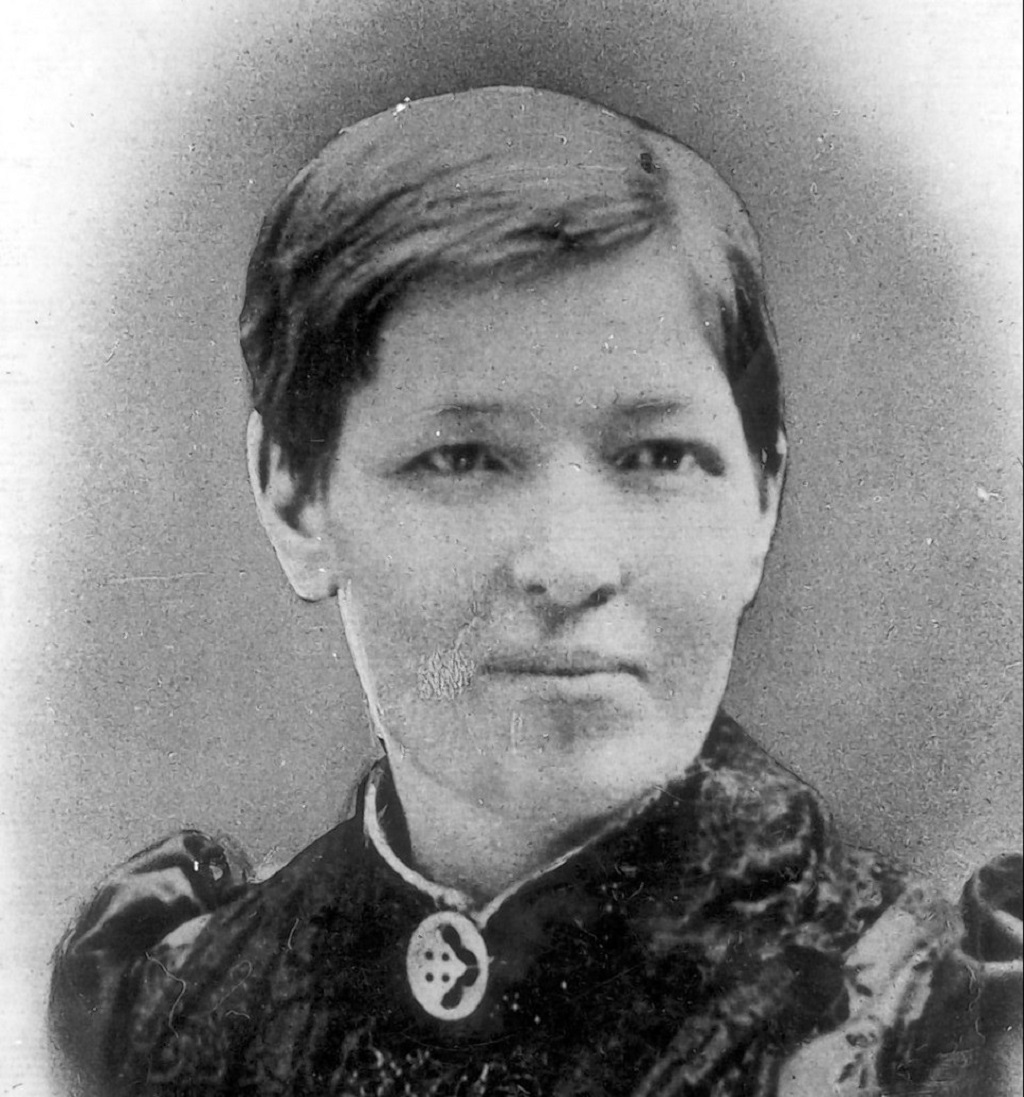
The Scotswoman who stopped babies being killed
Killing new-born twins was common practice in the 19th century among the Ibibio people of Nigeria, but one Scotswoman went to great lengths to put an end to this.
Aberdeen-born Mary Slessor was one of the few missionaries in Africa who learnt the local language, adapted to the native customs and environment and gained the trust of the locals in order to make a truly positive impact.
Mary was born in 1848 in Aberdeen to working class parents Mary and Robert, and the family relocated to Dundee in 1857 to find work.
Her father, a shoe-maker from Buchan, became incapacitated by alcoholism and Mary more or less became the breadwinner for the family. From the age of 11, she worked as a ‘half-timer’ mill girl in the Baxter Brothers and Co Ltd, spending half the day at a school provided by the mill owners and the other half working for the company.
By the age of 14, she had become a skilled jute worker, but Mary had bigger plans for her future.
Inspired by her mother’s issues of the Missionary Record, Mary began to teach voluntarily at the new Dundee mission. When David Livingstone died in 1873, resulting in a nationwide call for more missionaries, Mary decided to follow in his footsteps. She set sail in the SS Ethiopia on 5 August 1876, arriving in West Africa just over a month later, aged 28. Mary was first assigned to Calabar in southern Nigeria where her duties included teaching children and working in the dispensary.
Along with learning the local language, Efik, she adapted to eating the local food to save money so that she could send a large chunk of her wages back home to support her sister and mother.
While her broad Dundonian accent was hard to disguise, Mary tried to blend in by cutting her bright red hair short and discarding her Victorian clothes.
She became known for her interest in women and children’s rights and wellbeing, which were often at risk in Calabar. When twins were born, it was thought that one of them was the child of the devil and since it wasn’t known which one, both would be left for dead in a bush and the mother banished from the community – often a death sentence itself.
Mary soon took it upon herself to rescue and protect these vulnerable women and children and made it her priority to change cultural beliefs about twins. Although it was discouraged by the mission society to adopt any of the abandoned children, Mary was one of the few who ignored the rules.
She sent out twins’ missioners to find and care for abandoned twins at the mission house, and adopted every child she found. Once, she took in a baby girl as her own daughter, calling her Janie and eventually taking her back to Scotland.
Over her lifetime, Mary saved hundreds of twins from the bush. She also helped heal the sick and put an end to the practise of making suspects drink poison to determine whether they were guilty. As a missionary, she travelled to other tribes, spreading the word of Jesus Christ.
In 1888 she travelled north to Okoyong and lived a simple life there for 15 years among the Okoyong and Efik people and became known as the ‘white queen of Okoyong’.

Mary Slessor cared for abandoned babies in Africa
She continued her focus on settling disputes, encouraging trade, establishing social change, introducing western education and evangelism. In 1892 she became vice-consul in Okoyong, presiding over the native court and in 1905, she was named vice-president of Ikot Obong native court before being awarded the order of St. John of Jerusalem in 1913.
Because she always placed the needs of others before her own, Mary was often challenged by ill health and battled bouts of malaria and other tropical diseases. These sometimes got so severe she had to go home to Dundee to recover but always made sure to return to her mission. She passed away in 1915 at the age of 66 in Calabar. Mary was given a state funeral and buried in Duke Town in Nigeria with a large granite cross from Scotland across her grave.
More than 100 years since her death, Mary’s legacy lives on both in Africa and closer to home. Several memorials testify to the value placed on her work, with a road, a roundabout, a church and various statues commemorating her in Calabar.
In Scotland, a bust of Mary was erected in the Hall of Heroes of the national Wallace Monument in Stirling and in 2015, a memorial was unveiled in Dundee marking the 100th anniversary of her death.
Mary also appeared in 1997 on Clydesdale Bank’s £10 notes, earning her a place in history as the first female to be commemorated on a Scottish bank note – a fitting honour for such a remarkable individual.
The Mary Slessor Foundation was established in 2002 with the aim of continuing the social, economic and medical work of Mary. The foundation has set up a clinic, a skills centre and an agricultural processing unit and trains young Nigerians in practical skills to help them prosper.
Click HERE to read more about its work.
TAGS

